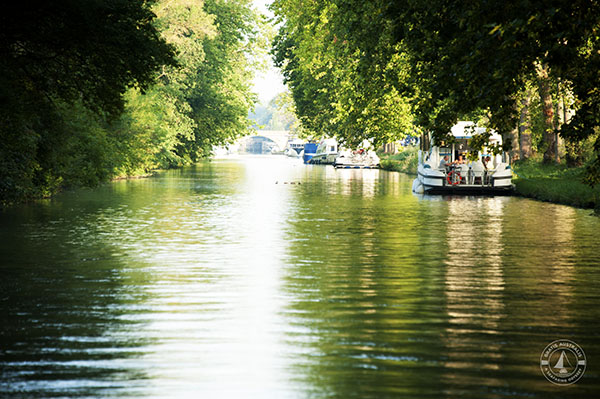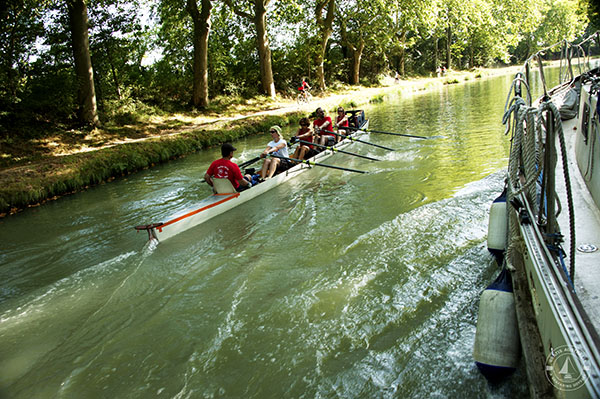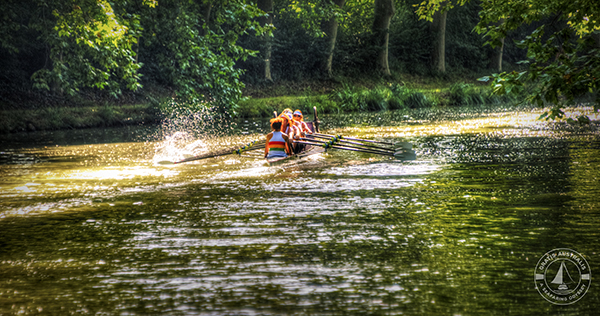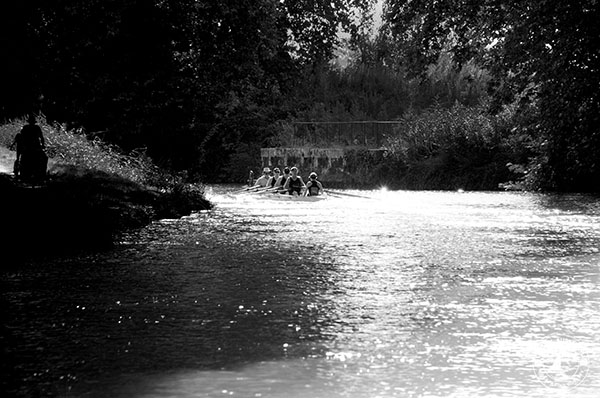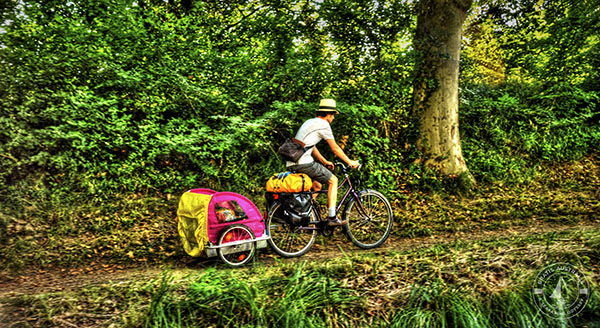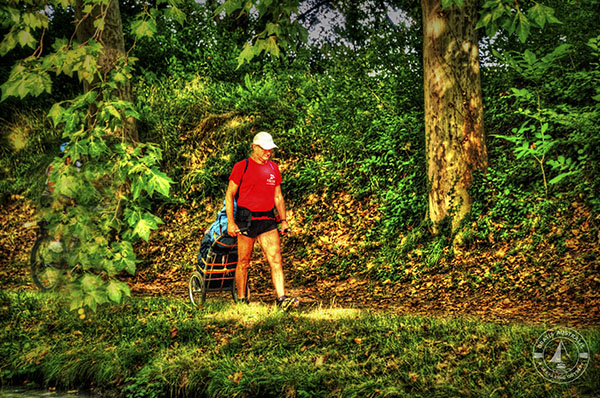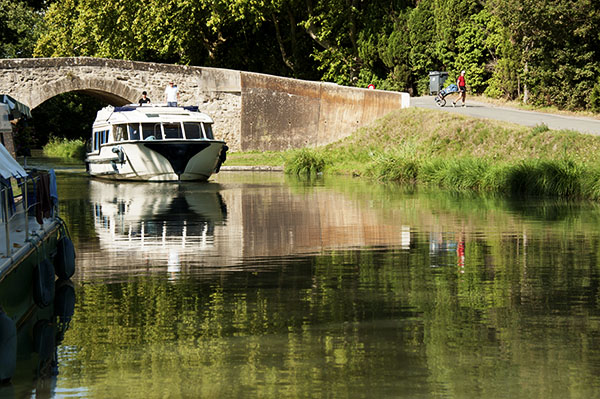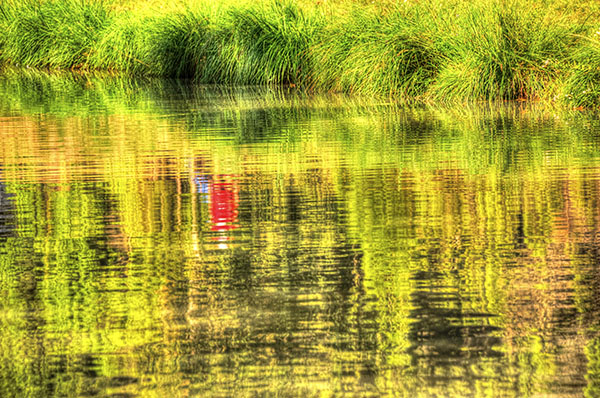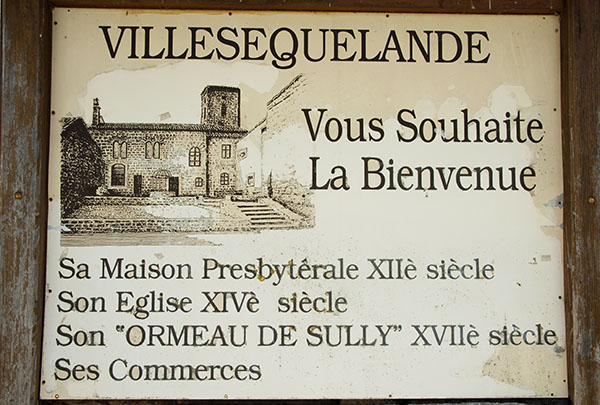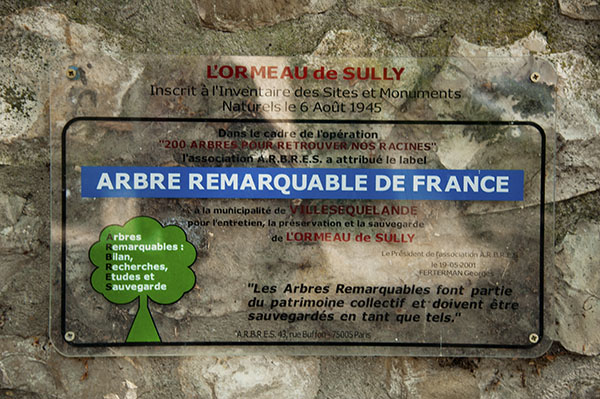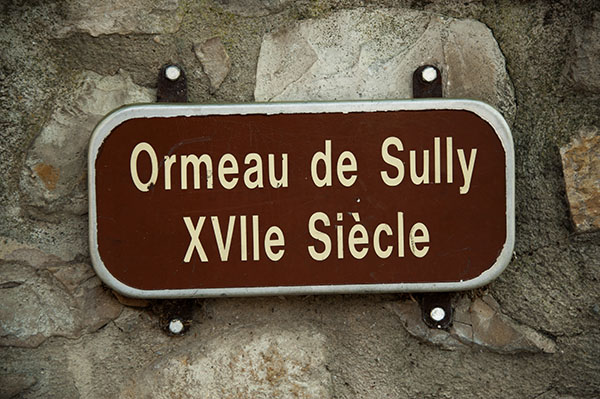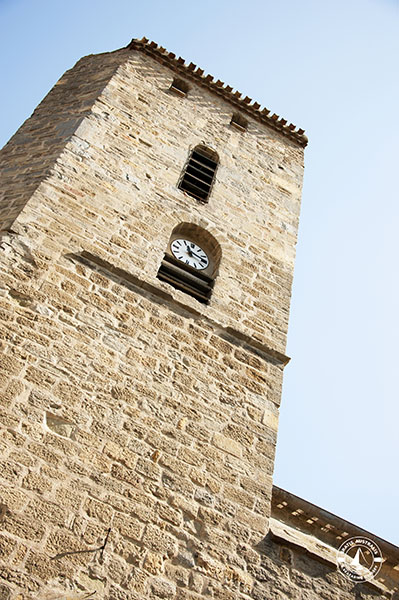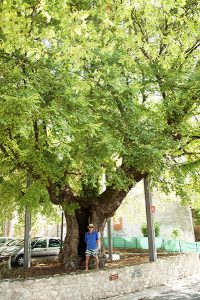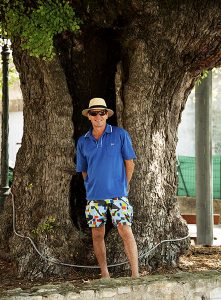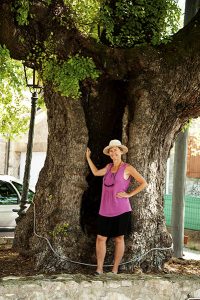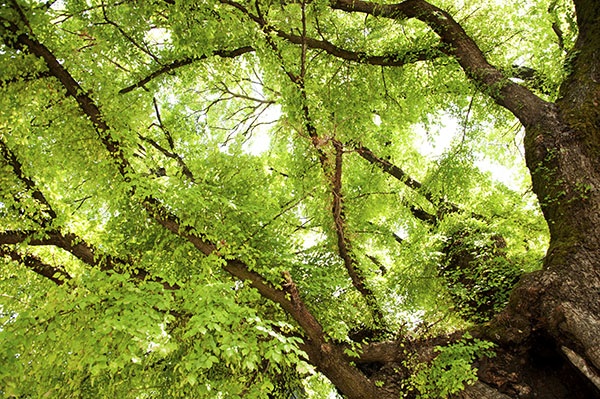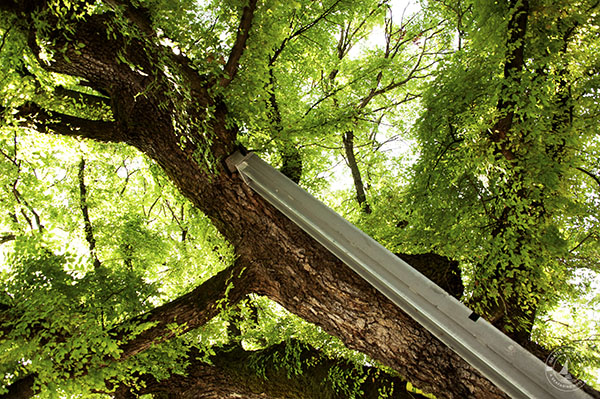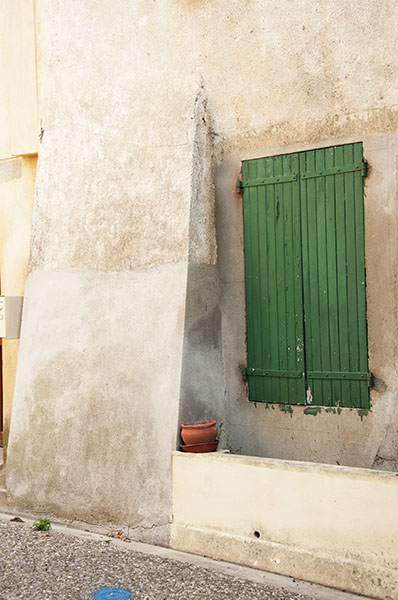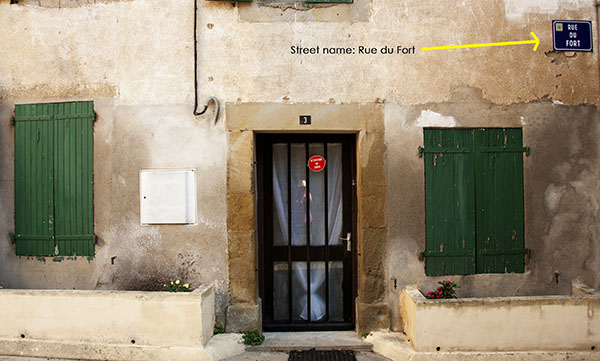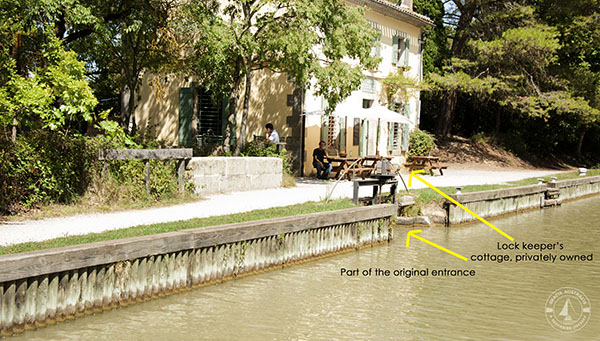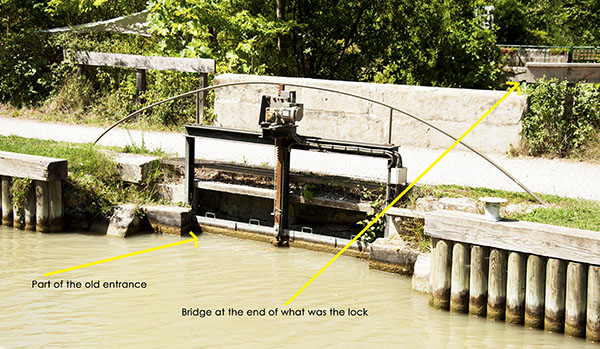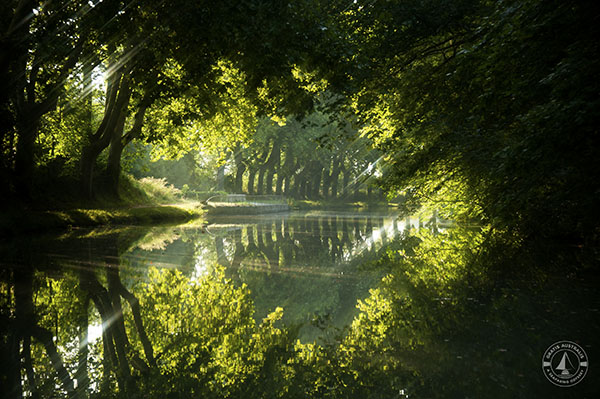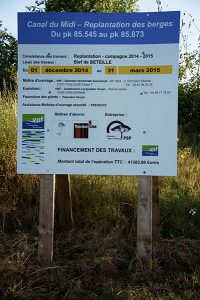An early 7:30am start
with the aim of being ahead of the rowers and holiday makers, plus making landfall in Carcassonne by mid – afternoon. Soon after departing, the rowers commenced passing us – the more experienced reaching speeds of a good 4 – 5 knots plus.
The bike riders, we discovered, were keeping track with the rowers and not competing at all,
whilst the walkers were just enjoying.
Just past Bram Gratis motored over the Rebenty Aqueduct. Here the canal crossed the Rebenty River, but in the early years of the canal this feature was non – existent. With the river flooded on occasions and its muddy waters overflowing into the canal, two weirs were installed with the aim of counteracting the effect caused by the increased water flow. During times of flood, increasing the height of the weirs by adding planks of wood reduced the spillage into the canal to some degree. However, the issue of the canal silting as a result of the mud that continued to enter, saw the aqueduct replacing the weirs in 1687.
(Note: much of the information on the canal system has been gleaned from ‘Guide Fluvial’ and ‘The Canal du Midi, A Cruise’s Guide)
10km down the canal and a mooring spot
just outside the township of Villesequelande
would have been our chosen spot for the previous night – had we only known. Quiet, shaded by trees, drinking water and picnic tables: beautiful!
This township was known not just for its eleventh century presbytery, but for the colossal elm tree (L’ormeau de Sully)
that grows in front of the church.
One of the oldest still alive in France, it is a rare survivor which didn’t fall prey to Dutch Elm Disease that commenced spreading through Europe in the early 1900s (if interested in finding out more about the disease click the link: https://en.wikipedia.org/wiki/Dutch_elm_disease).
Planted during the reign of Henri 1V, the massive overhanging branches of this aged tree are supported by steel support poles
and the cavity within the trunk fill with cement – to assist with preventing this historical tree from falling apart, Bob believes.
A quie
t town in which street names
provided the visitor with an idea as to its set out an the old fort foundations had been re – utilised with new homes built upon them.
Three kilometres from Carcassonne, Gratis passed by the Foucard Spillway. It was here, next to the now obsolete lock keeper’s cottage, that we caught a glimpse of the remains of that original canal.
In the early days of the Canal’s history, the waterway’s route had run north of the city. The residents of this city quickly understood the economic advantages that could be gleaned from the Midi running through the town’s centre and organised the building of a new canal for that sole purpose.
What a pleasant surprise greeted us as we entered the town. The canal’s path ran within the valley situated between two quite high hillsides. Upon the slopes were the arched remains of what had once been fortifications.
Continuing on under a tree – lined avenue, Gratis soon emerged into a large boat filled pond, at the end of which was situated a lock. A tight manoeuvring space combined with a lovely cross wind and Bumper Boats going in all directions, meant it was impossible for Bob to set Gratis to rest in the allocated space. The marina organisers were required to accept that would be her berth for the night!!
In all, it was a much more relaxed day spent travelling beneath large protective branches encased in green cloaks,
which were interspersed with large tracts within which gangly hybrid disease resistant Flame Trees had been planted (signs detailed the expense and dates)
and smaller plants had taken over the canal banks.
With only 5 locks encountered, all went well, despite the wind adding a new twist for to the equation of entering.
The worst things about France:
Dog poop one must constantly avoid (despite bags made available, people don’t care).
People urinating (in full view), against walls and so on, without a thought for others.
The best things about France:
The quiet within the towns (despite the large numbers of people, sound is just quiet murmur. After shops close at 7pm, the streets are practically deserted and the silence deafening. Most noise during the day is from the vehicles).
The saddest thing about France:
Women sunbathing, aiming for that perfect tan. Although without the UV we experience in Oz, the damage done to skin is no less here. Bob and I see women that could be as young as 40, or less, whose skin has aged to such a degree it is dry and shrivelled like that of a prune.
The funniest thing about the canals in France:
Watching the Bumper Boats as their skippers attempt to berth.
We shouldn’t laugh, for when Big G suddenly goes off tangent as a result of being caught in those sudden currents or strong gusts of wind, it must seem quite hilarious to the onlooker on shore as Bob attempts to get our girl back on track.
